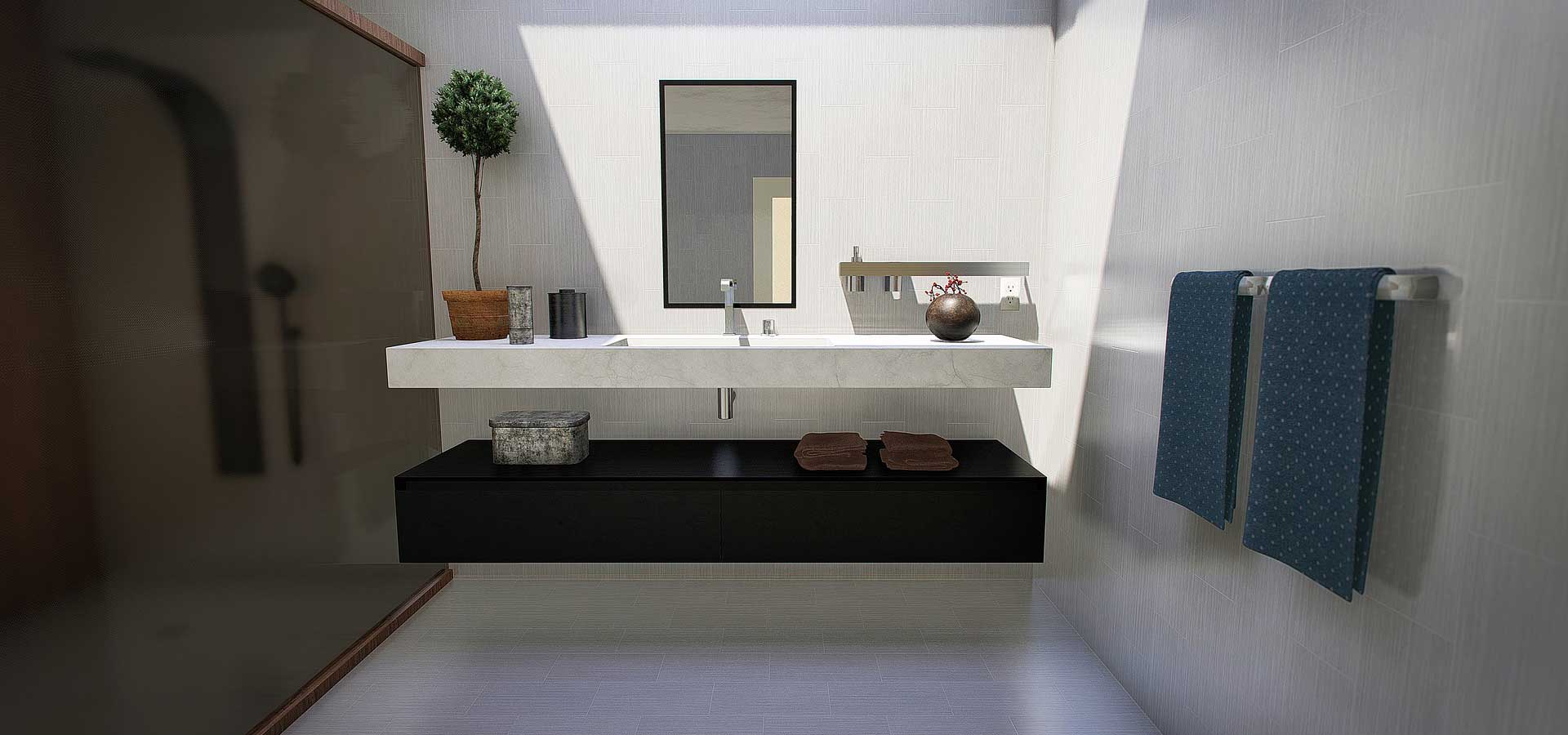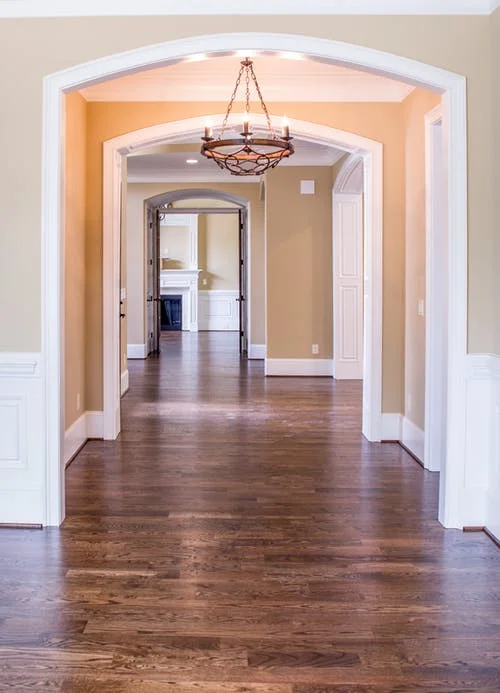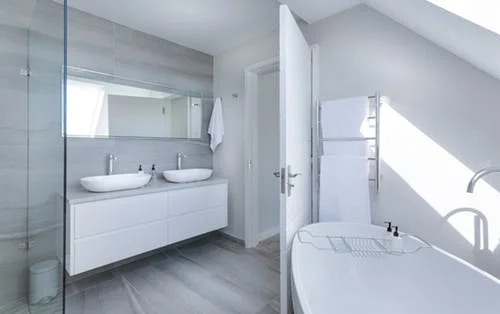Engineered hardwood flooring sure has made a name for itself. Some people won't even look its way, preferring traditional hardwood flooring, but there are of course advantages to both. What advantages does engineered flooring have over regular wood flooring you ask? Let's look at both sides of the equation and compare these two types of flooring so that you get a good look at the complete picture.
First of all, engineered hardwood has a better reaction when it comes to both temperature and humidity. There are many reasons why companies prefer engineering flooring, it can be built and modified to be longer lasting, more durable, and more cost effective then some of its contemporaries. That's not the end of the story, however, so let's take a look at more of the differences.
In order to install Hardwood flooring, it is required that the floor be nailed into the ground. This is not the case with engineered floors however as glue can be used, or in some cases, staples. So far, we are painting a picture together that highlights engineered flooring as the winner of this battle but there are still two sides to this story.
Let's say that you have been using a hardwood floor for over 20 years in your home. The chances are that by then it may start to lose its original finish. A tremendous benefit to Hardwood floors is that they can be easily sanded and refinished. This is not the case with engineered wood floors as the amount of true wood surface that on has to work with is limited in comparison.
Hardwood flooring will typically cost more money than its engineered counterpart. However, this is not always the case as there are many different kinds of materials that can be used to construct an Engineered Wood floor. One of the benefits of Hardwood is that it has a reliable material that one can expect to last for decades on end. This is not to downplay engineered hardwood however, as there are many brands that offer tremendous quality and value for the product.
Now you know have a little more knowledge on what you can expect from both types of flooring, you may see why engineered flooring is making such a splash in the market. With more flexible installation options, an engineer’s design palette and reliable companies backing the product, we believe Engineered Floors offer something of great substance and value to the consumer.
At the end of the day however both hardwood and engineered wood flooring both have many advantages and neither is strictly better than the other. Different situations call for different types of flooring and what matters most is choosing the ideal product that will not only help your floor, but also make you happy. Flooring is a big decision and there should be no bigger criteria than customer satisfaction.
If you are in the Edmonton area and are looking to upgrade your flooring to Hardwood or Engineered wood, you lay your expectations on Touchtone Canada to get the job done! We are Alberta’s Largest Flooring Store and are entering our 25th year of business. We have options for hardwood and engineered wood flooring from all the trusted and high-quality brands, ensuring your floor will look amazing and be durable for a long, long time! We offer same day delivery & pick up as well as next day installation.
Give us a call at 780-414-0862 or email info@touchtonecanada.com for more information. At Touchtone Canada: We Floor, You Adore.






